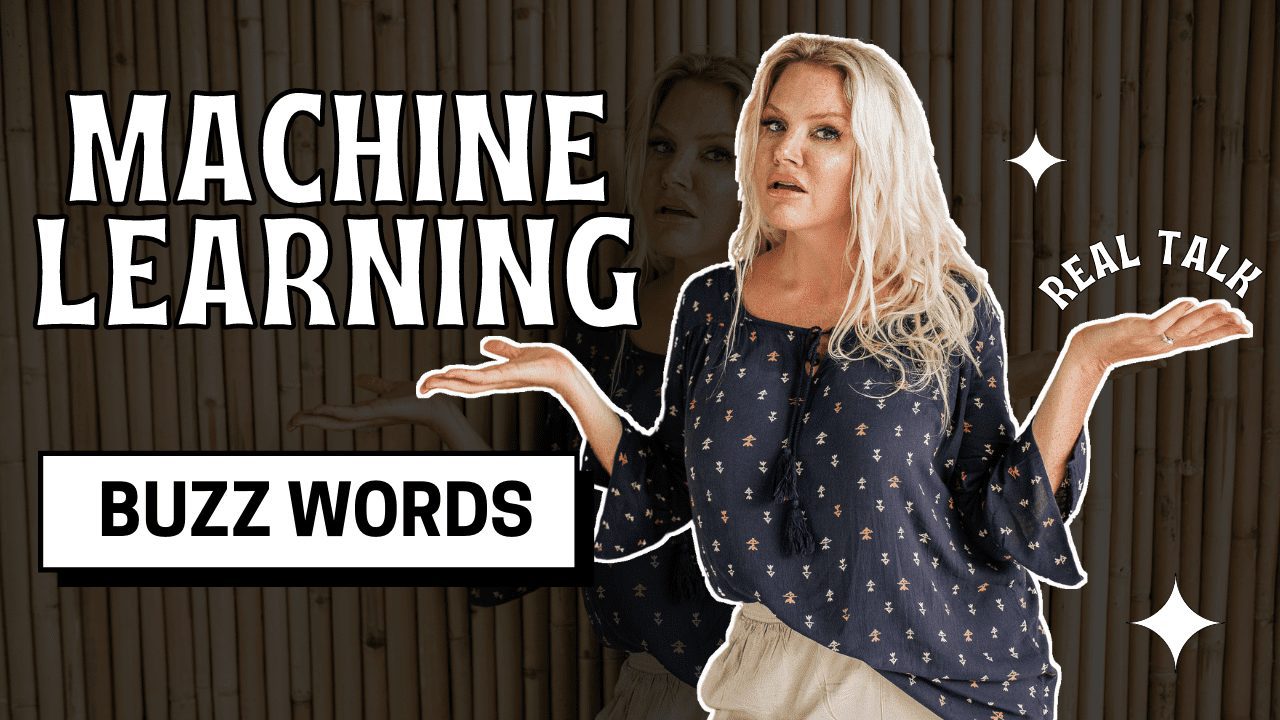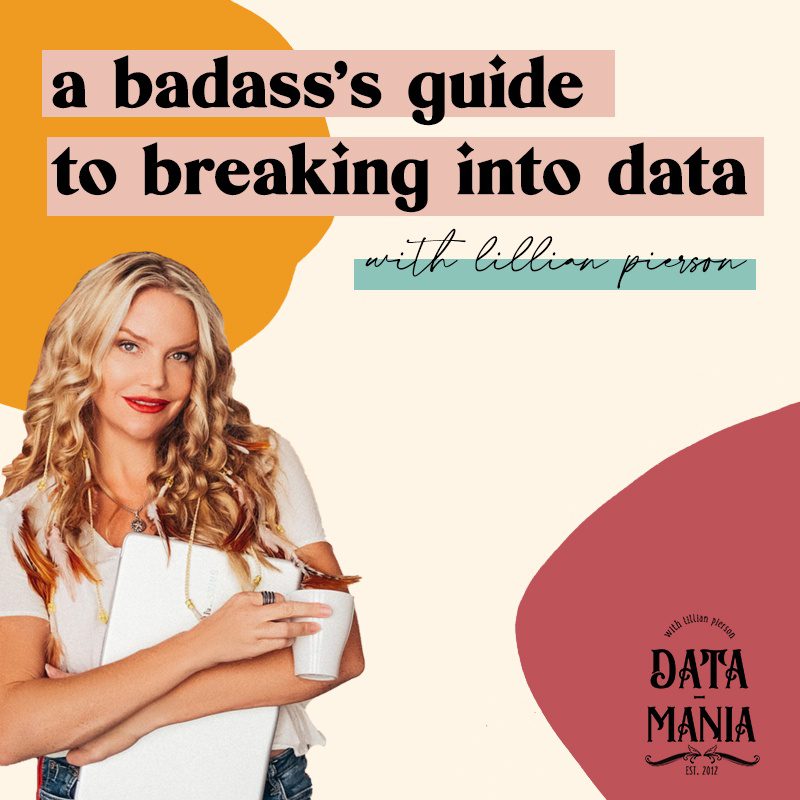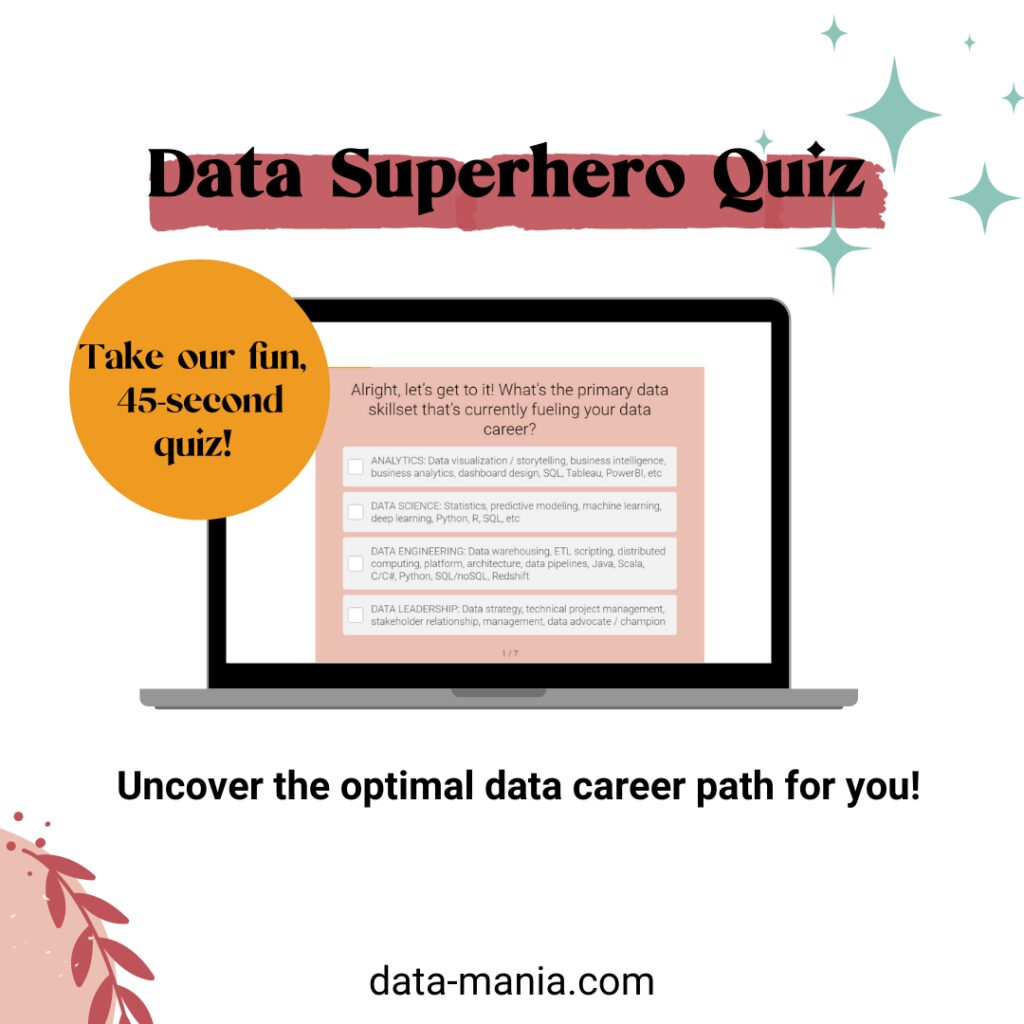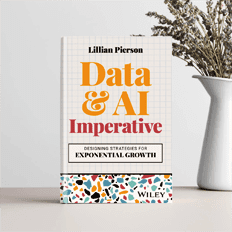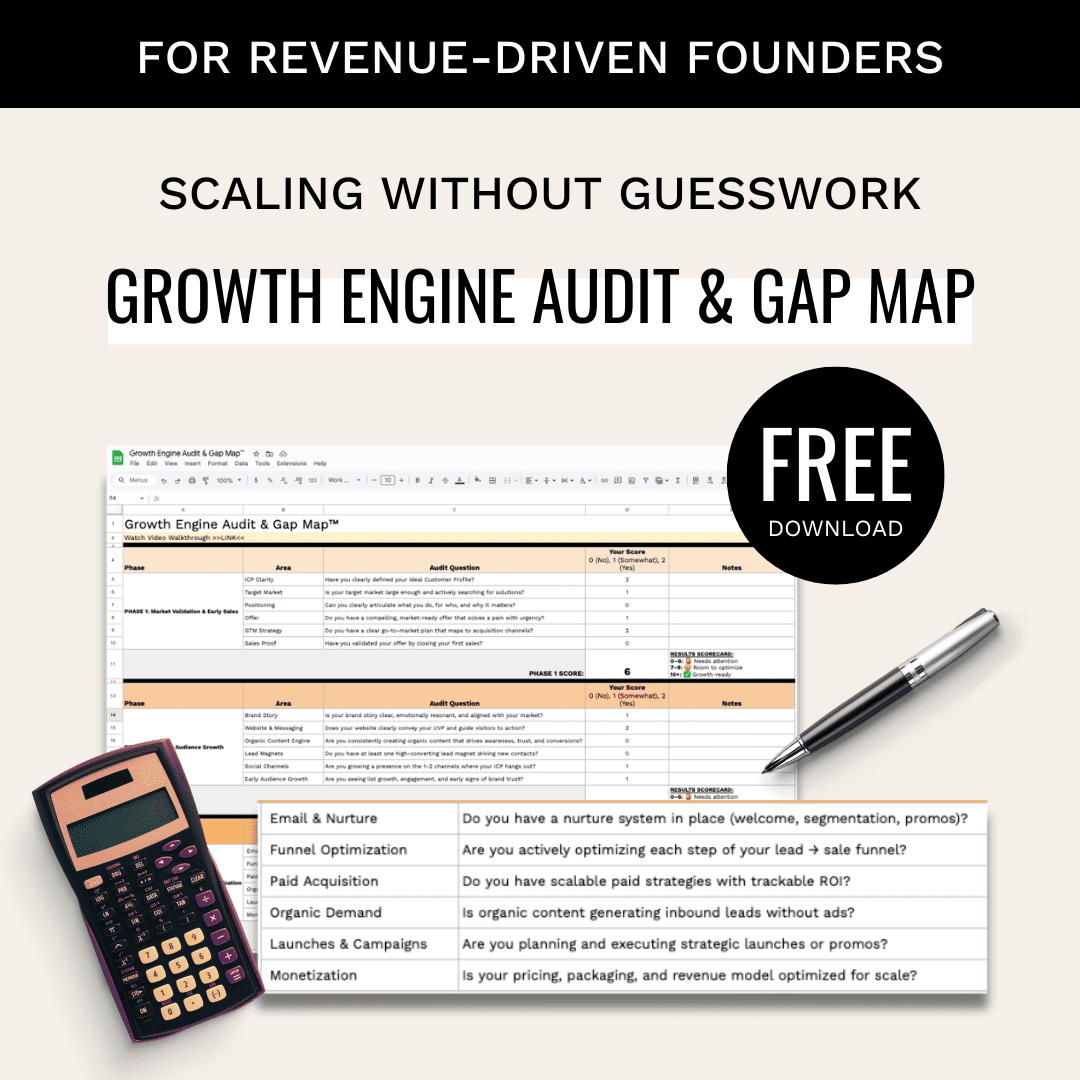AI vs ML vs DL vs Data Science – what’s up with all the acronyms, yo? Well, hold tight because I’m going to attempt to create the clearest and most concise explanation of all of these data science terms anywhere on the internet. Are you with me?
YouTube URL: https://www.youtube.com/watch?v=U1oxFXjvgjo
If you prefer to read instead of watch, then read on…
In terms of why I’m bringing the topic on AI vs ML vs DL vs Data Science up now, I have been working all year on the rewrite of my book Data Science for Dummies, and of course I need to have these discussions within the pages of the book, so why not bring these over on the blog as well, right?
It’s coming out soon and YOU’RE INVITED to the launch party! RSVP here.
Let’s get started by defining the acronyms
DS = Data Science
AI = Artificial Intelligence
ML = Machine Learning
DL = Deep Learning
If you’re like 98% of the population, then you have very little idea what those words actually mean, so let’s dig into details on that topic as well.
What is data science
Back in 2012, Drew Conway defined the term “data scientist” as the person who makes valuable and important predictions using a combination of three main areas of expertise.

One of those areas is the subject matter expertise in which the person is working but then other two are coding skills and math and statistics – which are combined into one.
Machine learning and deep learning are all forms of data science and AI in some cases is a byproduct of data science.
AI Vs. ML: What To Know
AI = Artificial Intelligence
ML = Machine Learning
What AI really means is that, it is a machine or an application that is capable of making autonomous decisions. In some cases, the decision engine that is operating the AI software or the AI robot would be a machine learning decision engine or maybe deep learning. In other cases, AI can also run off of rules.

But when people are talking about AI, they’re talking about a system or a process – something that is built (either software or a robot or something that can take action) – and has a built-in decision engine that allows it to make decisions autonomously.
An example of this is an AI application that detects fraud. When the application is being built and when it’s being trained, it’s got workers monitoring its accuracy and predictions – training the model on the data.
Once the model has a high degree of accuracy, then the AI application can accept incoming data. It can issue an alert when it believes, based on the data, that there has been a fraudulent transaction or if a fraudulent transaction is about to occur, but it doesn’t require human intervention to go in there and analyze it or tell it “yes” or “no”. In that case, an application that can predict and intercept fraud would be considered an AI.
Now, this discussion has evolved over the years so I would be remiss not to mention these three types of AI:
- Artificial Narrow Intelligence / Weak AI: An AI system that is well-trained to do something on a very specific task.
- Artificial General Intelligence / Strong AI: It’s a more generalized form of AI. This hasn’t been achieved very well in practice, but what researchers are attempting to do is to build an AI system that can accurately perform a wide range of tasks. The goal being to actually be able to have all the capabilities of an actual human being in terms of tasks that it can complete autonomously. Because there’s a wide variety of tasks in general AI, it makes it very difficult to build a system that can be accurate with one task, while also being accurate on another. Hence, the reason this is an area of research and development within the AI space.
- Artificial Superintelligence: You can really think about this like the movie “Her.” It’s the whole idea of singularity or AI becoming conscious and having its own will. In my mind, that is just science fiction, I don’t think it’s actually possible. But I guess, if we live long enough, we will see.
Here’s where the machine learning discussion comes in…
Machine learning encompasses the statistical tools and methods that are required to generate predictions from data. When I say predictions, I don’t mean simple correlations. What I meant are more sophisticated types of predictions based on deep statistics and mathematics.
4 Types of Machine Learning Models:
- Supervised learning: This machine learning training method makes predictions from labeled data.
- Unsupervised learning: Since unsupervised learning does not use labeled data, it relies on similarity analysis and grouping to make predictions.
- Semi-supervised: begins with labeled data. However, later in the process, the algorithm also gets exposed to unlabeled data that it then classifies based on what it “learned” from the labeled data.
- Reinforcement learning: Reinforcement learning is a behavior-based learning model. It’s based on a mechanic similar to how humans and animals learn. The model receives “rewards” based on how it behaves. It subsequently learns to maximize the sum of its rewards by adapting the decisions it makes to earn as many rewards as possible.
If you’re a data scientist or a data analyst and you’re working with machine learning models, tell me in the comments… What model are you working most frequently with today?
The Difference between ML and DL
ML = Machine Learning
DL = Deep Learning
What do they mean and how do they differ?
So you already know what machine learning is since we’ve just covered it, now let’s talk about deep learning.
Deep Learning really relies on machine learning as its basis, so it’s a specialty area within machine learning. In order for me to define deep learning, I need to first define neural networks.
Neural network: A neural network mimics how the brain solves problems, by using a layer of interconnected neural units as a means by which to learn, and infer rules, from observational data.
Now, for a more technical definition. The simplest type of neural network is the Perceptron. It accepts more than one input, weighs them, adds them up on a processor layer, and then, based on the activation function and the threshold you set for it, it outputs a result. An activation function is a mathematical function that transforms inputs into an output signal. The processor layer is called a hidden layer. A neural network is a layer of connected Perceptrons that all work together as a unit to accept inputs and return outputs that signal whether some criteria is met.

A key feature of neural nets is that they are self-learning. In other words, they adapt, learn, and optimize per changes in input data. I covered this concept and topic in greater depth in my book Data Science for Dummies. But we will leave it at that, for now.
Okay, so now you know what machine learning is, what’s a Perceptron and you know a little bit of neural networks. So now, I will tell you what deep learning is. Are you ready?
Deep learning is a machine learning method that uses hierarchical neural networks to learn from data in an iterative and adaptive manner. It’s an ideal approach for learning patterns from unlabeled and unstructured data. It’s essentially the same concept as the neural network, except that deep learning algorithms have two or more hidden layers.
The main thing to remember is that DL trains machines or computers in ways that mimic how humans learn. The networks’ structures are similar to the neural processing structure in the human brain and can be quite complex.
Both ML and DL are predictive, but DL can produce more sophisticated predictions. In fact, the more data you give a DL model, the better the model is going to perform. That’s not the case with standard ML models. Because DL requires and thrives with more data, it makes it more extremely computationally expensive as a predictive model. This then means it just takes a lot more computing resources in order to generate results.
In summary, we can bring it all together by thinking of ML and DL as the predictive decision engines that power an AI application. Additionally, of those two, DL more closely resembles how a human brain works.
If you liked this discussion on AI vs ML vs DL vs Data Science which are all of the popular nomenclature and vernacular inside of data science, I think you’re really gonna love my data superhero quiz! It’s a super-fun, 45-second quiz that inputs your personality type, your data skill set and your passions! It then outputs the best potential roles for you and your data career.
Take the Data Superhero Quiz today!
More free resources that'll help...

Get The Badass's Guide To Breaking Into Data
I was working a 9-to-5 as a data analytics developer back in 2012 when I started Data-Mania. With that transition, the seed was planted to write an ebook that helps other people break into the field that'd been so generous to me. You can’t keep something like this to yourself, right? 😉 Today we’ve published this free ebook, and it's helped thousands of people just like you make the transition....

Take The Data Superhero Quiz
You can take a much more direct path to the top once you understand how to leverage your skillsets, your talents, your personality and your passions in order to serve in a capacity where you’ll thrive. That’s why I’m encouraging you to take the data superhero quiz.
NOTE: This description contains affiliate links that allow you to find the items mentioned in this article and support the channel at no cost to you. While this blog may earn minimal sums when the reader uses the links, the reader is in NO WAY obligated to use these links. Thank you for your support!

